
12 Angry Men
1957
Rate this movie
Average: 0.00 / 5
(0 votes)
Director
In 1954, Reginald Rose wrote a screenplay that was nothing short of intriguing: 12 jurors gathered in a jury room, engaging in a fierce dialectical battle with a man's life depending on the outcome of this verbal confrontation.
The script was adapted for a television play produced and directed by Schaffner the same year.
The work went almost unnoticed and received no critical reviews, but it positively impressed Sidney Lumet, an emerging television director who had long desired to make the decisive leap to the big screen.
Rose's story appealed to him so much that he decided to turn it into a film at all costs, his first film.
Lumet's main problem was raising the necessary budget to get the project off the ground.
The search for a producer lasted three years, and when all seemed in vain, he was aided by the man who would later become the film's star: Henry Fonda.
At 52 years old, Fonda was already a highly acclaimed actor with an impressive pedigree, boasting collaborations with directors of the caliber of John Ford, William Wyler, Edmund Goulding, and Fritz Lang.
After reading Rose's script, Fonda declared himself enthusiastic about the project and plunged headfirst into it, financing it and lending his acting talent to it.
The project materialized in a very short time and was entirely completed in just under a month.
The chosen title was "12 Angry Men," a powerfully evocative title, later, as often happens, trivialized by the Italian distribution, which blandly transformed it into "La parola ai giurati" (The Word to the Jurors).
The work remained faithful, as its primary essential hermeneutic parameter, to the theatrical concept that underpinned the textual framework.
To achieve this, it was vital that the three Aristotelian unities were respected: unity of action, place, and time.
It was a risky and, in some ways, novel operation for cinema.
But Lumet instinctively knew that the charm and salvation of this project lay precisely in its theatrical semantics.
And so it was.
The action unfolds linearly without interruptions or time jumps, and the camera faithfully follows the post-trial debate that develops among the 12 protagonists.
The setting is claustrophobically fixed and immutable: a cramped room with a table at its center and 12 chairs around it.
Time is faithfully marked by the evolution of the debate and the succession of events: the dialectical confrontation, the votes, the evidentiary reconstructions, and the explanatory monologues.
The plot is simple and linear, yet at the same time ingenious in its gradual emergence from the deliberation.
Twelve men, members of a jury, have just finished following the trial and find themselves in the jury room to make a decision.
They are called to judge an 18-year-old Latin American accused of killing his adoptive father with a switchblade knife.
When the men sit at the table, the outcome of the debate seems obvious.
But one juror, number 8, states that there is reasonable doubt that the boy is innocent.
Thus begins the debate on the key points of the trial: the murder weapon, the alibi, and the two witnesses.
The murder weapon was found on the man's corpse and was purchased by the boy in a neighborhood shop, although the accused claims to have lost it.
The alibi appears very weak, as the boy claims to have been at the cinema at the time of the crime, but at the time of the interrogation, he remembers neither the title nor the actors.
Furthermore, two witnesses incriminate the young man: an elderly neighbor and a woman who claims to have seen the boy moving away from the man's body.
The two witnesses will then be dismantled in two distinct monologues by juror No. 8, through eloquent discourse and compelling logic.
Gradually, the jurors embrace the argument for non-guilt, abandoning prejudices and preconceived notions.
But one remains who appears unyielding and who will attempt until the last moment to bend the weaker elements of the opposing side to his will.
A film of primal beauty, a brilliant synesthesia of cinematic theatricality and civic engagement.
Country
Gallery
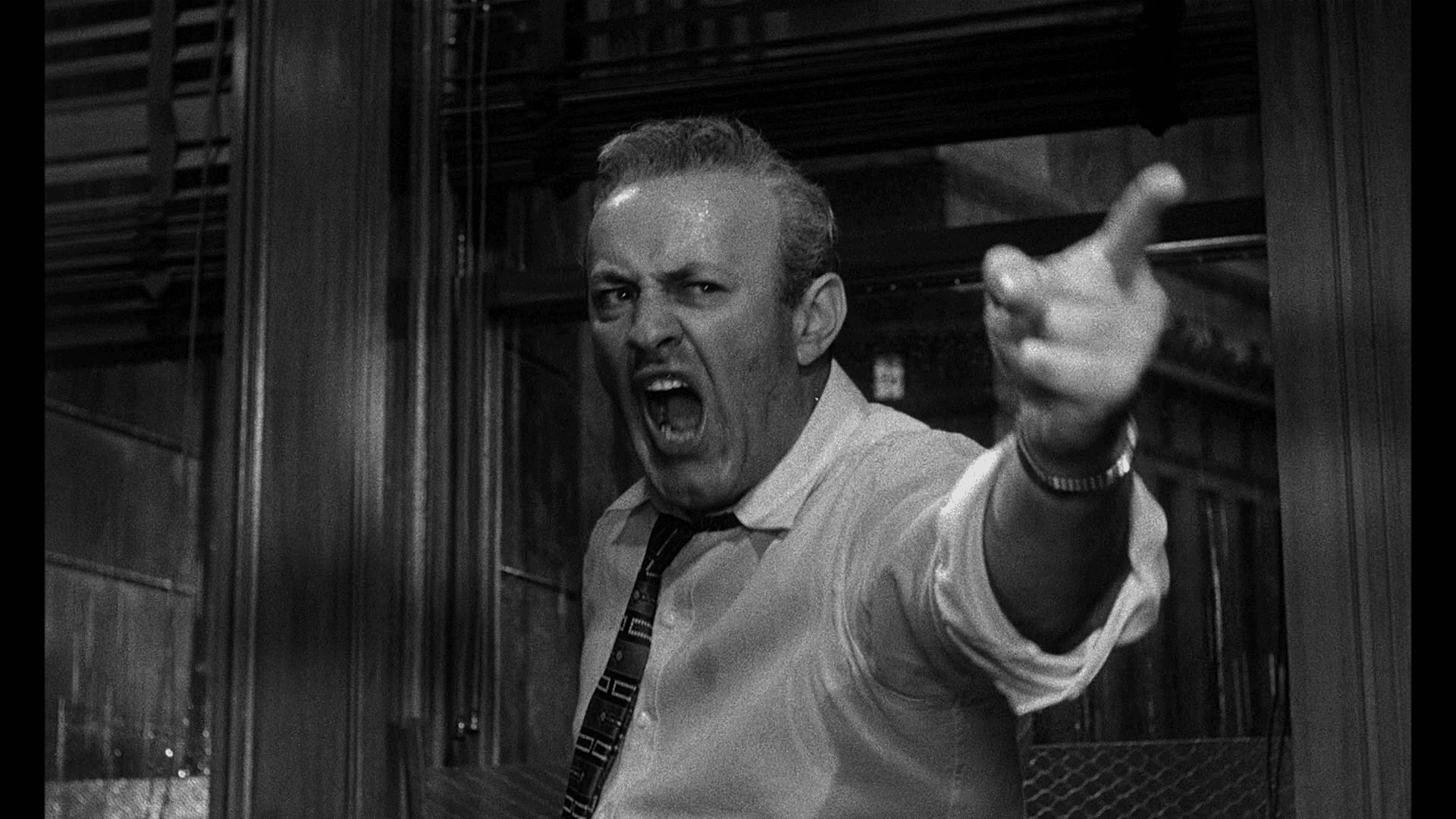

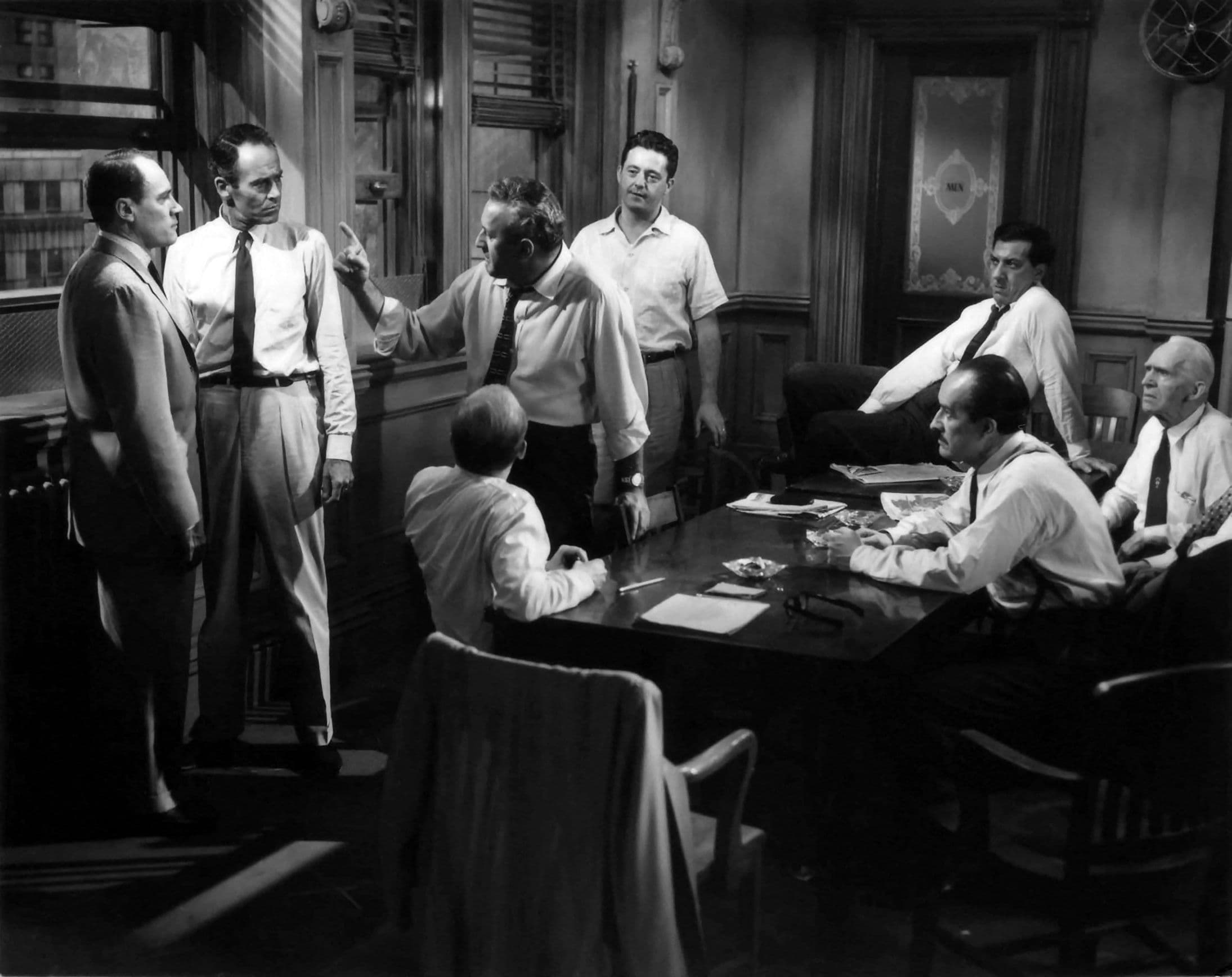
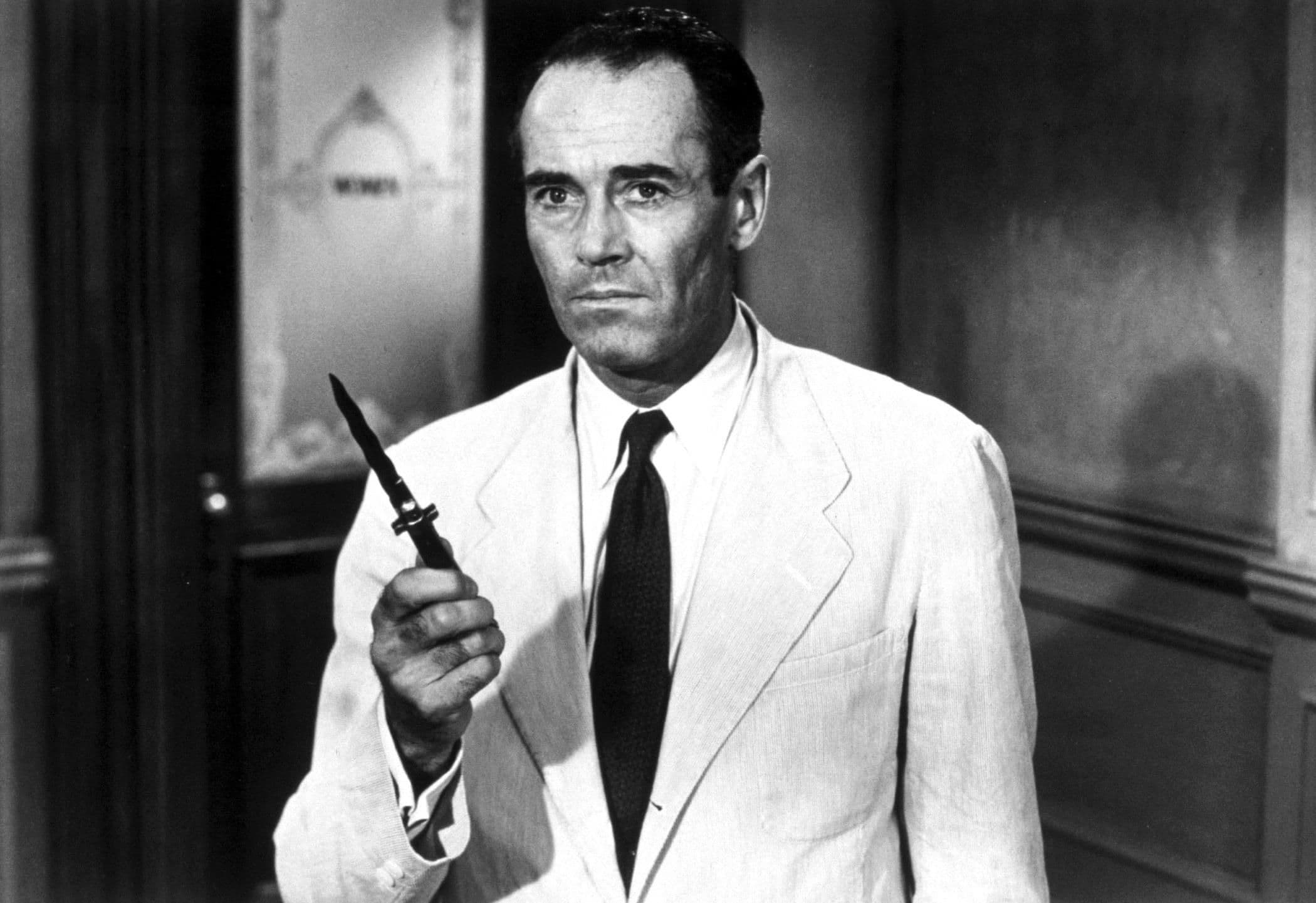
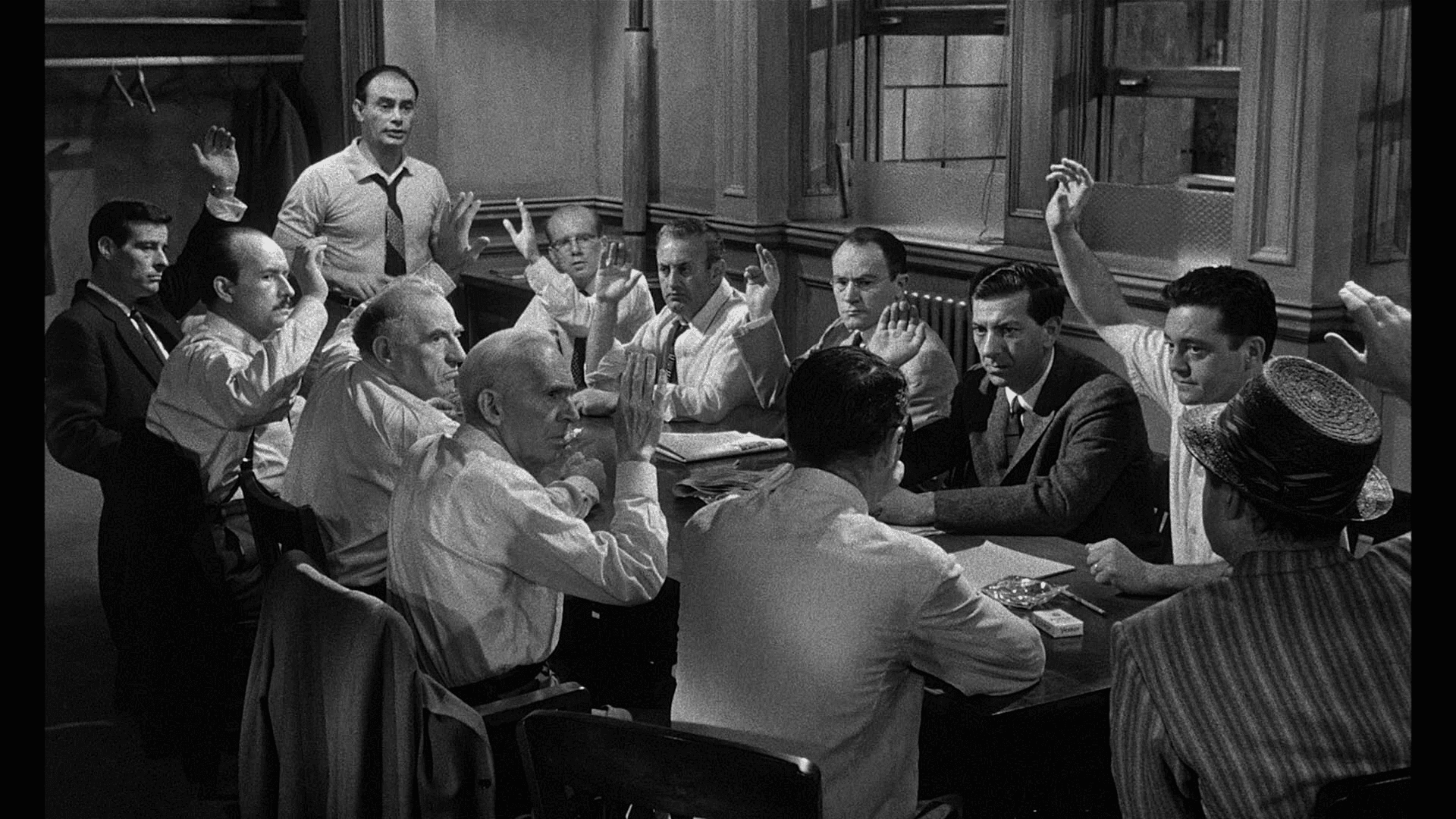
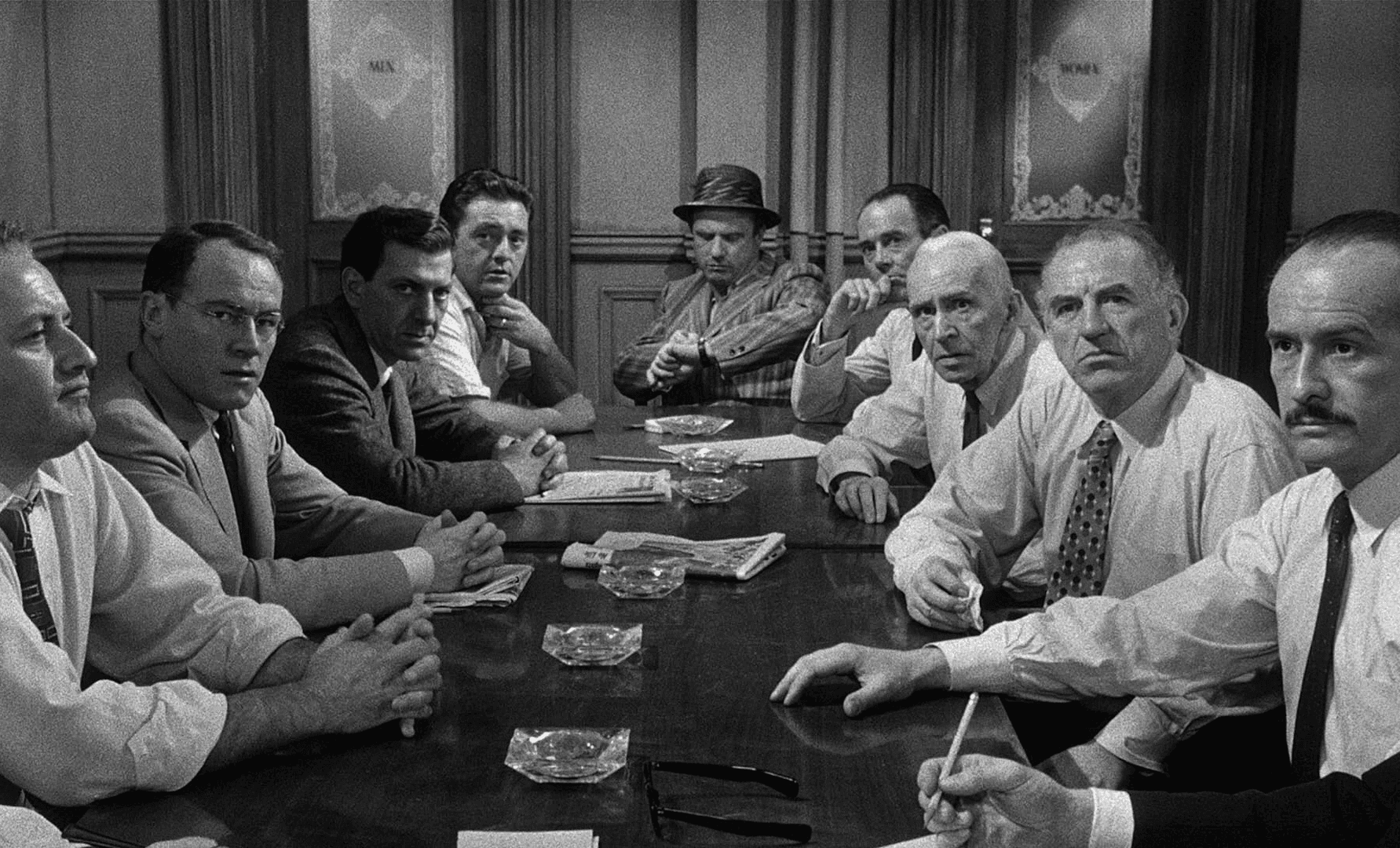
Featured Videos
Official Trailer
Comments
Loading comments...